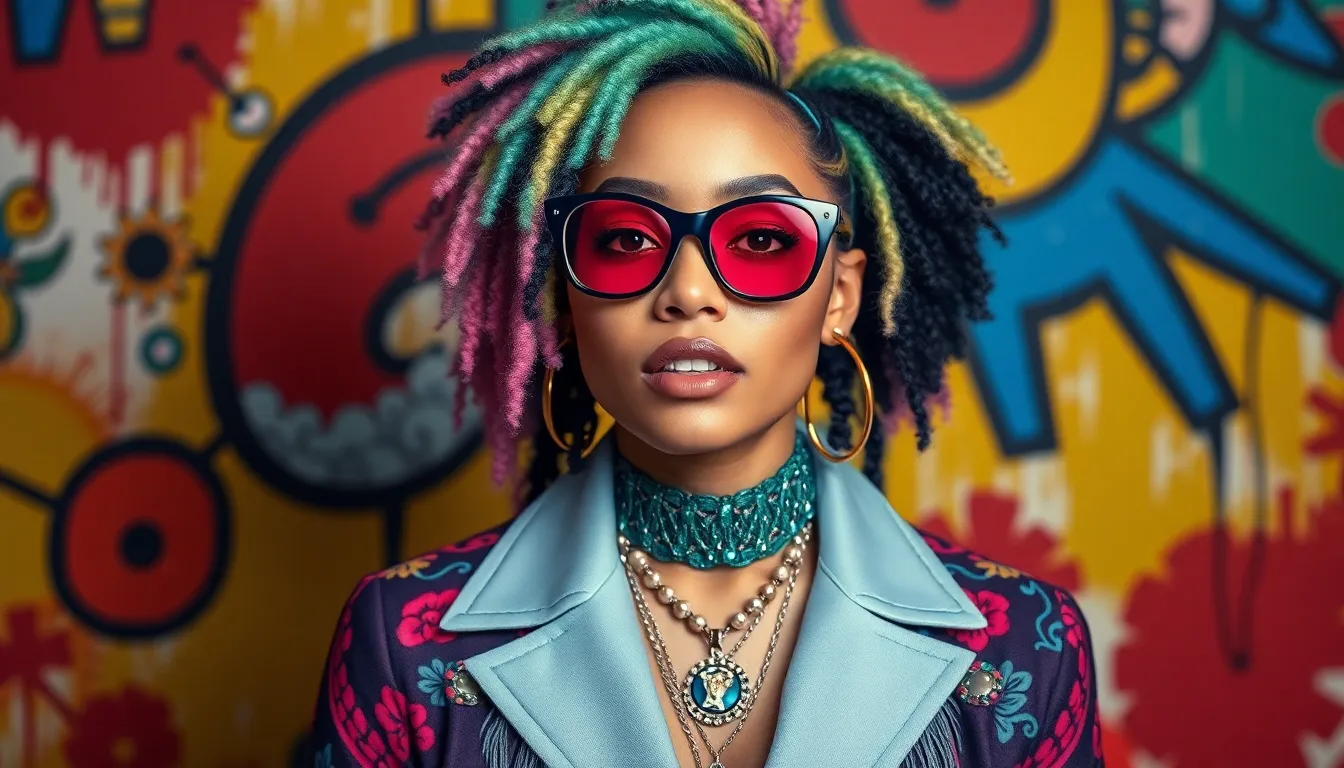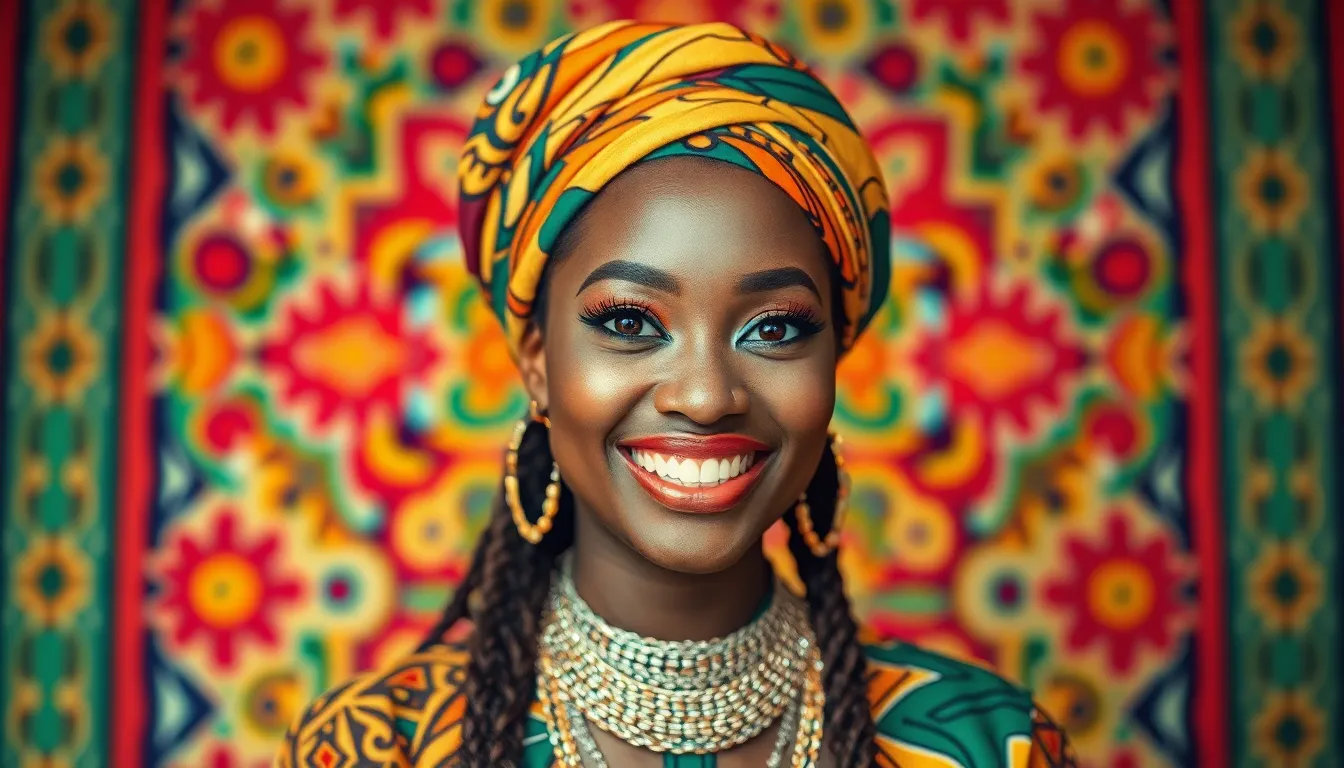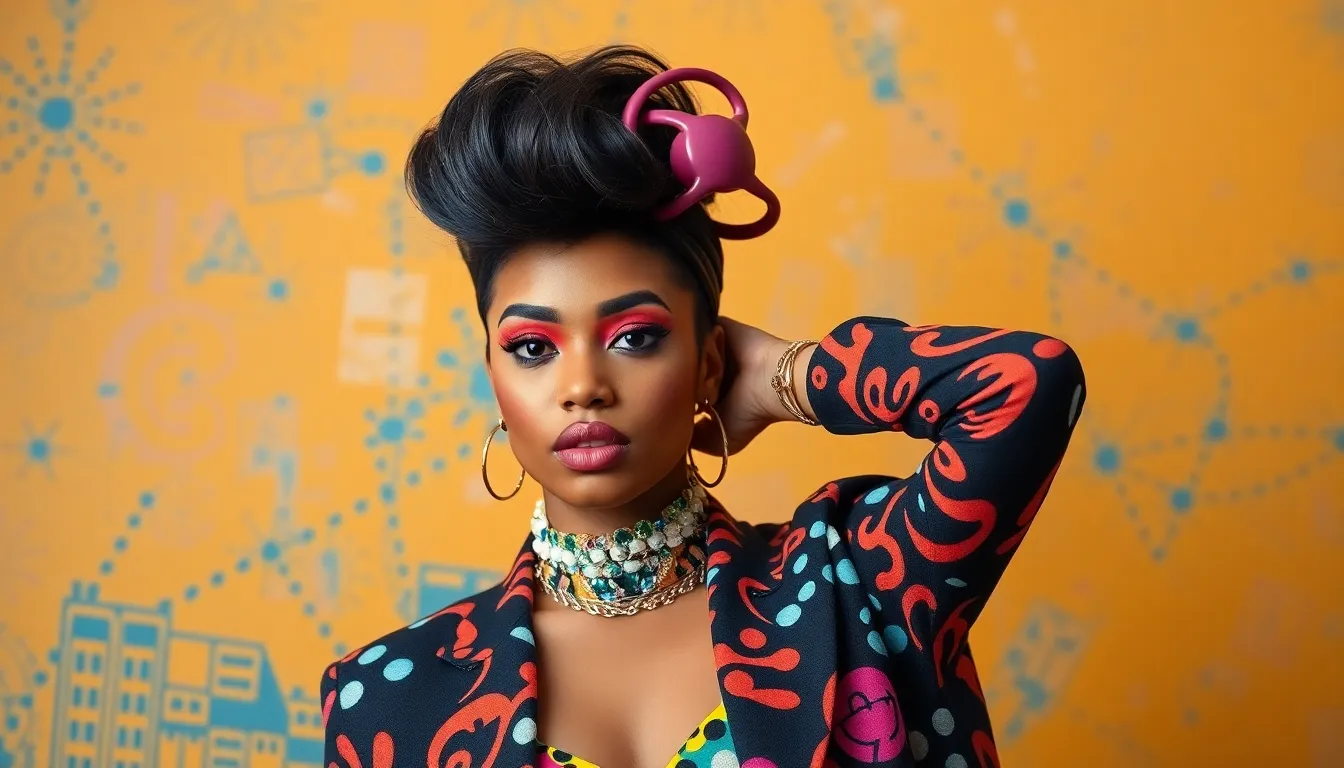Doja Cat is a name that’s become synonymous with chart-topping hits and viral moments. But beyond her catchy tunes and bold fashion choices, fans often find themselves curious about her background. Is she a mysterious blend of cultures or a singular heritage? With her unique style and eclectic sound, she’s got everyone wondering just what makes this artist tick.
Table of Contents
ToggleOverview of Doja Cat
Doja Cat, born Amala Ratna Zandile Dlamini, brings a unique blend of influences to her music and artistry. Her father, a South African actor and composer, and her mother, an American painter, contribute to her diverse cultural background. This heritage often sparks curiosity about her racial identity and the elements she incorporates into her work.
Musically, Doja Cat merges genres like hip-hop, R&B, and pop. Each album showcases her versatility and ability to appeal to various audiences. Many listeners appreciate her catchy hooks and engaging lyrics, which reflect her experiences and observations.
Fashion plays a significant role in Doja Cat’s persona. From bold outfits to avant-garde hairstyles, she consistently pushes fashion boundaries. This distinctive style has made her a significant figure in pop culture, influencing trends and inspiring fans.
Doja Cat’s rise to fame began with her viral hits, like “Mooo!” and “Say So.” These songs connected with a broad audience, leading to chart success and numerous awards. Engaging visuals and dynamic performances further enhanced her appeal, making her a sought-after artist in the music industry.
In social media, Doja Cat maintains a strong presence, interacting with fans and sharing behind-the-scenes glimpses. This engagement fosters a sense of community and keeps her audience invested in her journey. The combination of her rich heritage, musical talent, and captivating style defines Doja Cat’s identity in the entertainment sphere.
Doja Cat’s Background


Doja Cat’s diverse heritage plays a significant role in shaping her identity. Born Amala Ratna Zandile Dlamini, she has a South African father and an American mother. This blend of backgrounds contributes to her unique artistry and broad appeal. Her father, Dumisani Dlamini, is a well-known actor and film producer in South Africa, while her mother, Deborah Sawyer, is a Jewish-American graphic designer.
Family Heritage
Family heritage influences Doja Cat’s cultural expression. Her father’s roots link her to South African culture, enriching her understanding of music and art. His influence nurtured her interest in various musical styles. Meanwhile, her mother’s artistic background instilled a creative flair that enhances her visual and performance art. These familial connections culminate in a rich artistic palette, allowing her to blend traditional and contemporary elements in her works.
Cultural Influences
Cultural influences shape Doja Cat’s musical style and persona. Growing up in a multicultural environment exposed her to various genres like hip-hop, pop, and R&B. The impact of South African rhythms adds depth to her sound, resonating with a global audience. American culture also surrounds her, evident in her catchy hooks and modern beats. Connecting these diverse influences allows Doja Cat to create music that transcends boundaries, captivating listeners worldwide.
The Significance of Race in Music
Race plays a crucial role in shaping the music industry. It influences artists’ identities and impacts their musical styles.
Representation in the Industry
Representation significantly affects artists and their reach. Diverse backgrounds bring unique perspectives to the music scene. Doja Cat’s blend of South African and Jewish-American heritage exemplifies this diversity. Artists of different races often face varying opportunities for exposure. Increased representation can help challenge stereotypes and broaden audience understanding. Visibility fosters acceptance and appreciation of different cultures. Platforms like social media empower artists to share their narratives. Prominent figures in the industry amplify voices that might otherwise go unheard.
Challenges Faced by Artists
Artists encounter numerous challenges stemming from racial identity. Some face discrimination and bias in their careers, affecting their visibility. Navigating industry expectations often creates barriers for artists of color. Inconsistent support from record labels can hinder growth. Authenticity becomes difficult when artists are pressured to conform. Misrepresentation in marketing and media further complicates their journeys. Despite these obstacles, many artists remain resilient and strive for recognition. Advocating for change within the industry becomes essential for progress. Stronger support systems can enable artists to thrive and showcase their unique talents.
Doja Cat’s Public Identity
Doja Cat’s cultural identity sparks discussion. She embraces her mixed heritage, drawing from both her South African and Jewish-American roots.
Self-Identification
Self-identification shapes Doja Cat’s public persona. She openly identifies as a Black woman, reflecting pride in her heritage. This stance resonates with her fans, fostering a strong connection. Engagement in conversations about race and identity has led to discussions about authenticity in the industry. Transparency about her roots shines a light on her experiences. Audiences appreciate her candidness regarding identity, demonstrating how personal narratives influence artistry.
Media Perception
Media perception plays a vital role in defining Doja Cat’s image. Coverage often emphasizes her mixed-race background, highlighting her unique position in pop culture. Some articles celebrate her as a representation of diversity. Others critique her cultural appropriation or question her alignment with racial issues. The complexity of her identity elicits varied opinions, impacting her reception. She navigates these conversations with awareness, balancing promotional strategies with authenticity. Critics and fans alike use her significant presence for discussions about representation in the arts.





